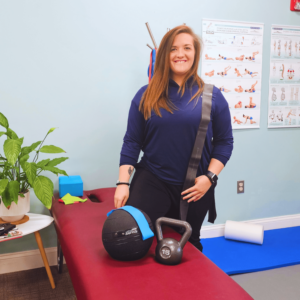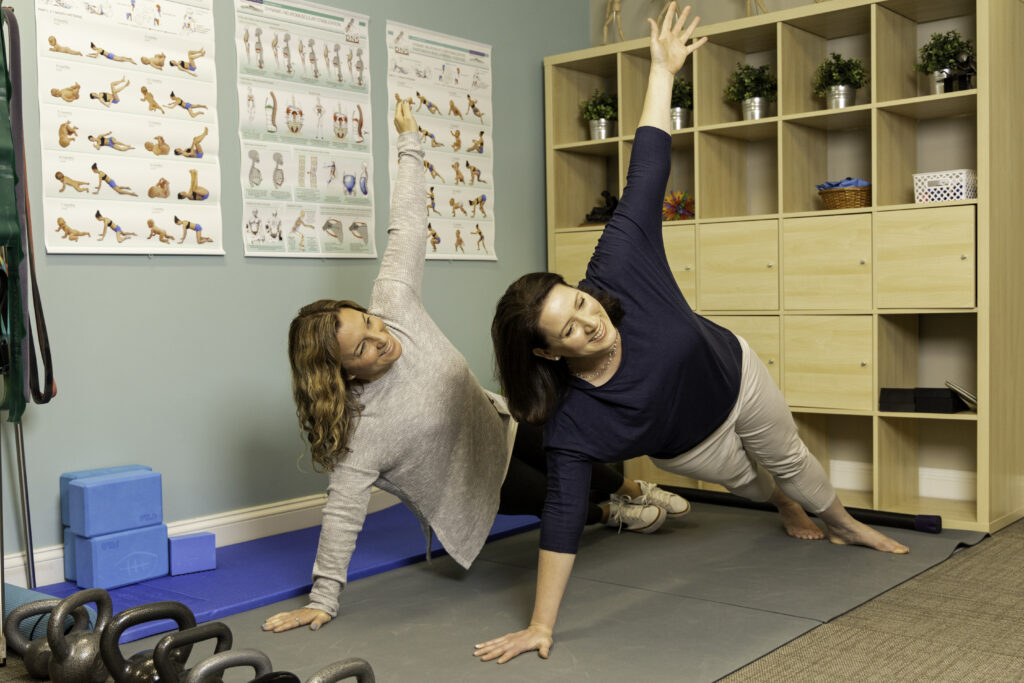We all get the occasional creak in our neck, unexplainable pain or stiffness in our lower back, or sore shoulders. This usually resolves in a couple of days with heat treatments, pain meds, and rest. In most cases, this kind of pain is due to the unavoidable stress and strains of daily life, but if your pain persists more than two or three days it is a good idea to get it checked, it could be related to slumping. It could be a sign of a back or neck strain, even if you haven’t lifted anything heavy or over-exerted in a sport or other activity.
Many of us are required to spend hours in front of computer screens for school or work – especially during these pandemic times, which can take a toll on us. Some of us end the day relaxing on our couch or bed using our smartphone, tablet, or watching TV, which just exacerbates the issue as we aren’t usually aware of how many hours we actually spend sitting in a bad posture.
What is “Poor” Posture?
Poor posture is when our spine is positioned for prolonged periods in an unnatural position. Examples of poor posture when sitting include:
- Slouching, slumping forward, or hunching over our desk or smartphone.
- Using a chair that is too high or low for your desk
- Using a chair that doesn’t offer enough cushioning support
- Not placing our feet on the floor or using a footrest.
- Having your head held too high or too low.
How Slouching Can Cause Neck and Back Pain
Slouching at our desks has, unfortunately, become the norm for most of us, and so has the strain and pain that goes with it. Here are some examples of how a bad posture causes injury and pain:
- Uneven Distribution of Weight – Poor posture causes an uneven dispersion of weight on your spine, which places strain on the muscle and tissue in your lower back. Sitting or standing in any one position for too long can cause some muscles to fatigue, and other muscles to tense up to compensate.
- Stress on tendons and ligaments– When we slouch, stress is placed on tendons and ligaments, which can even cause tendonitis.
- Changes in musculoskeletal strength and structure – Years of poor posture can even change the structure and strength of your back and neck. Muscles and ligaments that are stressed and weakened are more susceptible to injury over time.
The good news is, there are ways to reverse the effects. A chiropractor will treat your condition by making specific spinal adjustments. These adjustments help to improve motion, relax muscles, and can help improve breathing. This in turn decreases the inflammation that causes tenderness and pain. But it doesn’t end there! With a good chiropractor, education is provided on the importance of good posture – both sitting and standing – so that we correct our bad habits and prevent further injury. Chiropractors also explain the importance of ergonomics at work and at school, so our set-up is as spine and neck friendly as possible.
If you think slouching may be the cause of your back or neck pain, it’s a good idea to see a chiropractor as soon as possible. With regular chiropractic care, education, and support, you will not only experience pain relief and learn how to prevent pain in the future, but you will also learn strategies on how to take care of your spine, eat right and exercise so that you optimize your overall well-being and self-care.





